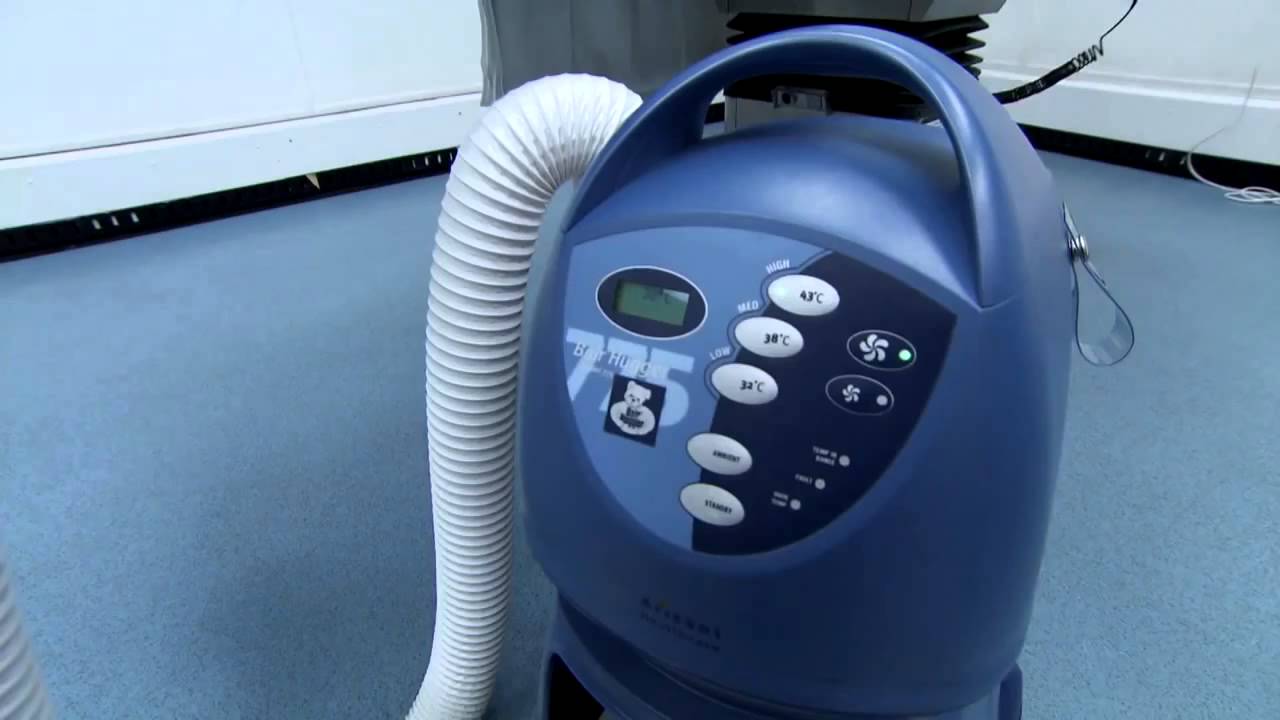What do you get when you blow hot air around a surgical patient? If you’re 3M Co., the maker of the Bair Hugger Forced Air Warming Device, you get over 2,600 lawsuits. You also get a letter from the FDA telling healthcare providers that the device is actually cleared for use. The Bair Hugger was designed to “promote post-surgical healing and cut down on infections by maintaining a patient’s body temperature in surgery.”
What do you get when you blow hot air around a surgical patient? If you’re 3M Co., the maker of the Bair Hugger Forced Air Warming Device, you get over 2,600 lawsuits. You also get a letter from the FDA telling healthcare providers that the device is actually cleared for use. The Bair Hugger was designed to “promote post-surgical healing and cut down on infections by maintaining a patient’s body temperature in surgery.”
The device is basically a heater and a plastic “blanket.” The “blanket” is draped over the patient, and the heater draws in room air from the OR, heats it, and blows it into the “blanket.” The Bair Hugger is designed to counteract patients’ inability to regulate body temperature while under general anesthesia. According to Dr. Joe Jackson at Anesthesia Myths, “Your body is a finely tuned machine that normally regulates its temperature within several tenths of a degree. Anesthetics can expand this range to be about 2 to 4 degrees wide.”

That’s a significant range, especially since operating rooms are always cold. This is due to the fact that OR personnel are gloved, gowned, and under high-powered (and heat-generating) lamps. Studies cited by 3M have shown that such unintentional hypothermia may increase recovery time, chances of infection, and even chances of death.
It would seem that the Bair Hugger would be a brilliant device that would be heralded as a lifesaver. It may have actually done that, but according to court records, it’s also caused a lot of problems.
According to one lawsuit, “The hot air produced by Bair Hugger accumulates under the surgical drape covering the patient and escapes from under the surgical drape below the level of the surgical table or at the head end of the surgical table. This escaped air creates airflow currents that flow against the downward airflow of the operating room. As this warmed air rises, it deposits bacteria from the floor of the surgical room into the surgical site.”
Now, that sounds like a cause for concern. And, for over 2,600 patients, including the Michigan man in the suit mentioned above, the concern is real.
It doesn’t help calm fears when Dr. Scott Augustine, the device’s inventor, alleges that “there is no question” that the Bair Hugger spreads contaminants found in the OR. In addition, Dr. Augustine says that 3M knew of the issues before purchasing Arizant, the device’s maker, in 2010.
Plaintiffs from all 50 states have had their claims consolidated into one federal case, homed in Minnesota. Some residents of Minnesota have also filed in state court. While the claims are being allowed to proceed, both state and federal judges have found that evidence supporting the claims is not strong enough to allow for punitive damages requests.
According to Judge William H. Leary III, of the Ramsey County District Court, in his order denying approval for punitive damages requests, “While it is undisputed that surgeries have been conducted using the Bair Hugger system for more than 25 years, plaintiffs present no evidence that any doctor has ever reported to 3M or (3M subsidiary) Arizant that the Bair Hugger system caused his or her patient to develop a surgical site infection.”
Some hospitals have actually stopped using the Bair Hugger in the hopes of avoiding making patients’ conditions worse, as well as preventing liability. The FDA’s letter to healthcare providers addresses these concerns.
Stephanie Caccomo, FDA spokesperson, said, “The agency has no conclusive evidence to establish an association between use of a forced air thermal regulating systems and an increased risk of surgical-site infections.” The Agency further believes that continued use of the Bair Hugger, especially in surgeries where it is “clinically warranted,” doesn’t pose a great threat to patient safety. Such surgeries include joint replacements.
Critics of the Bair Hugger, including one lawyer currently handling cases involving the device, don’t seem all that surprised at the FDA’s conclusions. Meshbesher & Spence’s Genevieve Zimmerman said the letter is unsurprising given that the FDA approved the device for use. She added, “Often times the FDA reverses course in the face of new evidence, and often times it is the work of others outside the manufacturing industry that impact such a reversal of course. Plaintiffs stand by claims made in this litigation.”
Fanna Haile-Selassie, spokesperson for 3M, said, “Patient warming is supported by leading health care institutions and professional societies, including the FDA, and the Bair Hugger system has been proven to be a safe, effective and efficient method of doing so.”
We’ll continue to follow the story and report back with any developments.


Join the conversation!